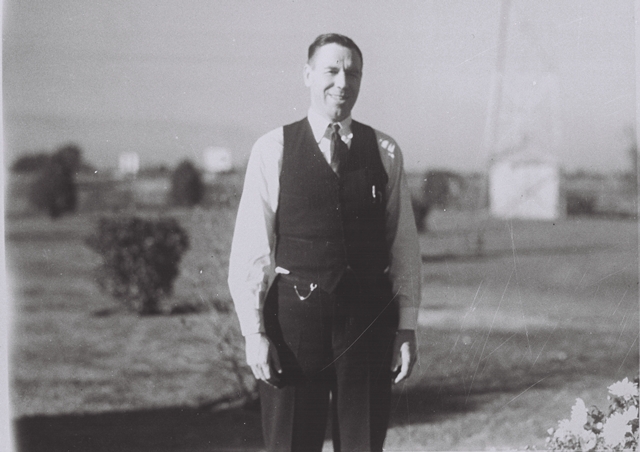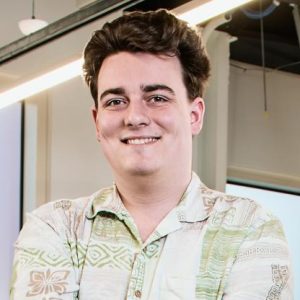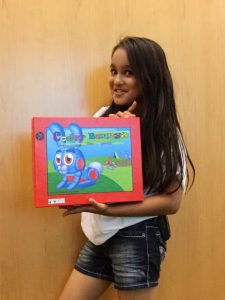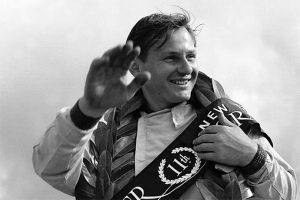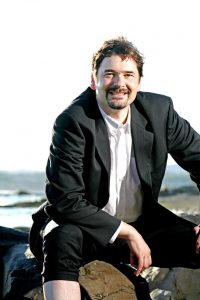Hitachi : The History of Japanese Multinational Business Conglomerate
Hitachi is a name that is more than a hundred years old and has been dealing in a number of fields successfully at a global level. The company has its global branch in more than eleven business segments including Information & Telecommunication Systems, High Functional Materials & Components, Financial Services, Electronic Systems & Equipment, Automotive Systems, Railway & Urban Systems, Digital Media & Consumer Products, etc. The company is the largest manufacturer of electric machinery and has made its name into the Fortune Global 500 list of 2012.
The Founder
Hitachi was founded by a Japanese electrical engineer Namihei Odaira, who was born on 15 January 1874, in Ienaka, Tochigi, Japan. Odaira graduated from the electrical engineering department of Tokyo Imperial University, in the year 1900. After graduating, Odaira started working as an engineer in a mining company. Within six years after graduating, he switched between various such companies, and after six years in 1906, he joined Kuhara Mining Company as an engineering section chief. His responsibility in the company included the maintenance of mine’s electrical equipment and electricity.
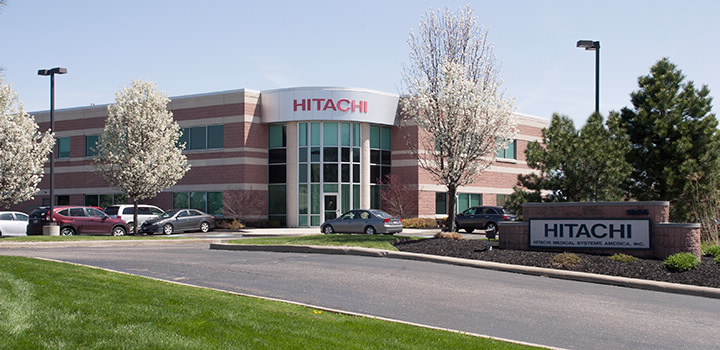
During his job at the Kuhara Mining, he started manufacturing a five-horsepower electric motor with the help of one of his colleagues. Eventually, with the development of the induction motor, Odaira happened to found Hitachi, in the Kuhara Mining Company’s Hitachi copper mine, in the year 1910, hence, making the owner of Kuhara Mining, Fusanosuke Kuhara, the official president of Hitachi, instead of Odaira himself.
The History
Hitachi is a combination of two Kanji characters, Hi and Tachi, where Hi stands for sun and tachi means to rise. In 1918, the headquarter of Hitachi was moved to Tokyo. In 1920, Hitachi Ltd. was incorporated as an independent company, and Kuhara was removed from the position of the president. Odaira became the managing director of Hitachi and stayed at the same position from 1910 to 1929.
During the second world war, the American forces tried to destroy the Hitachi plants and disband Hitachi altogether. Also, Odaira got expelled from the company by the U.S. occupation authorities. It took three years for Hitachi to convince the armies to continue its functioning and except 19 of its plants came back into operation. In 1951, Odaira was taken back as the chairman of the company. The same year, in the month of October, Odaira passed away at the age of 77.
At the time of Korean war, in 1949, the American military offered various manufacturing contracts to the Japanese industries, including Hitachi, that saved the company from a complete collapse, after so much damage, and the death of Odaira. The company started gaining its previous position, and in 1959, it established the Hitachi America Ltd., followed by the establishment of Hitachi Europe, Ltd. in 1982.
In the year 2011, Hitachi Ltd. came into talks with Mitsubishi, for Japan’s largest merger, but due to some reasons, the deal got cancelled. In 2012, Hitachi acquired the United Kingdom-based nuclear energy company Horizon Nuclear Power, and it plans to establish up to six power plants in the UK.
Hitachi and Mitsubishi again had words regarding merging their thermal power businesses, in November 2012 and began the operations of the joint venture in February 2014. Hitachi owns the 35% shares in the joint venture, whereas Mitsubishi owns 65% shares of it.
Currently, Hiroaki Nakanishi KBE chairs the company, and Toshiaki Higashihara is the president of the company. Along with America, the company has expanded to the various parts of Asia, Europe, Middle East and Africa, etc.

Yashica is a Software Engineer turned Content Writer, who loves to write on social causes and expertise in writing technical stuff. She loves to watch movies and explore new places. She believes that you need to live once before you die. So experimenting with her life and career choices, she is trying to live her life to the fullest.
